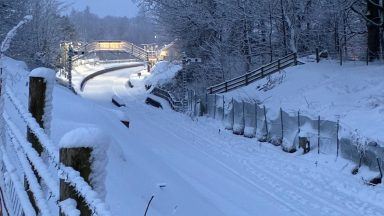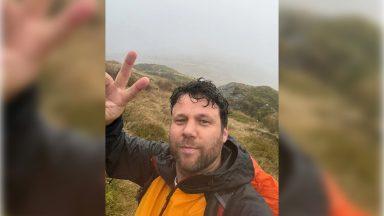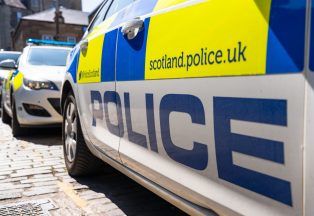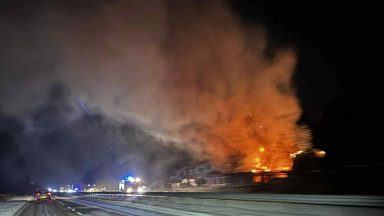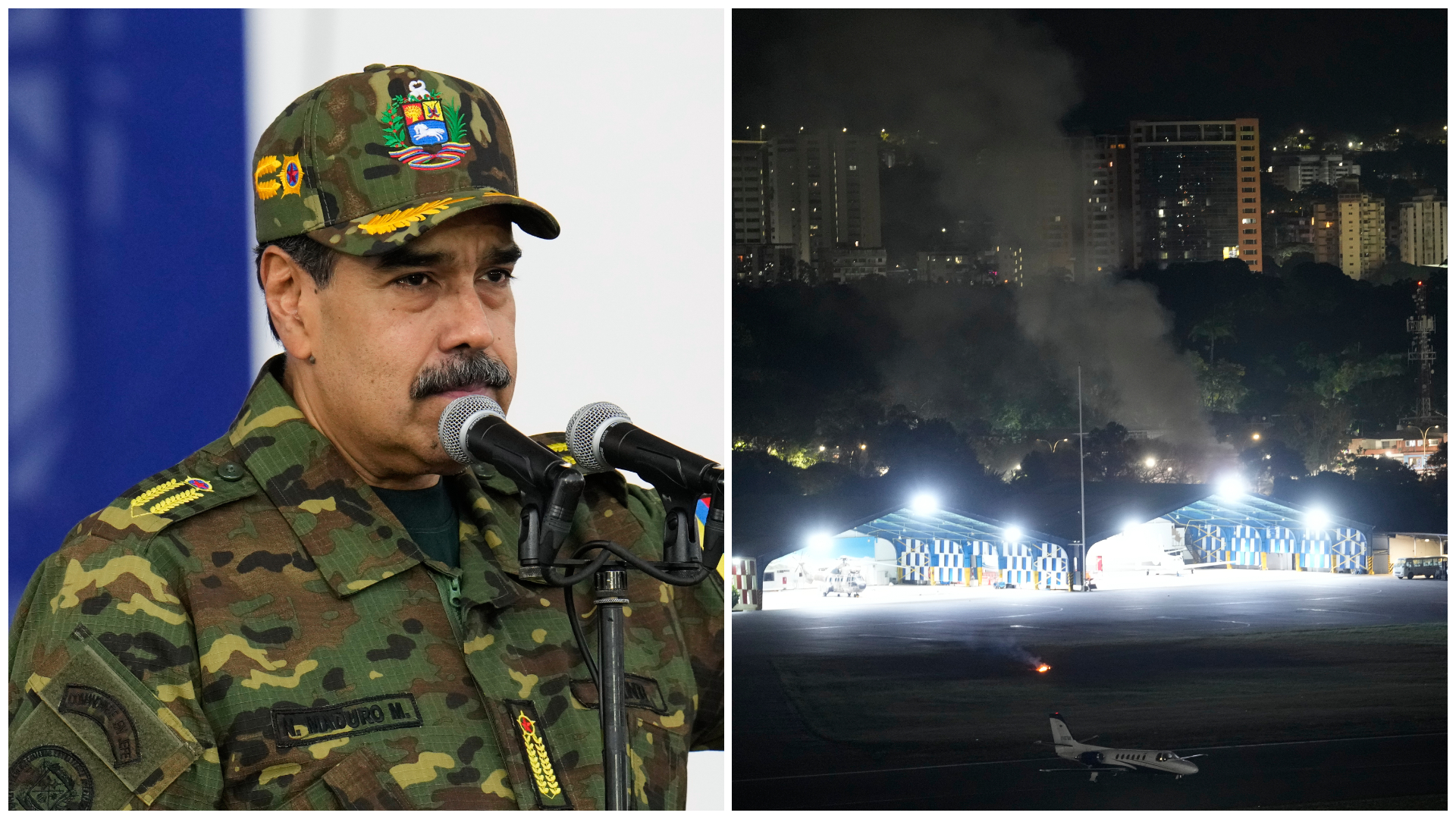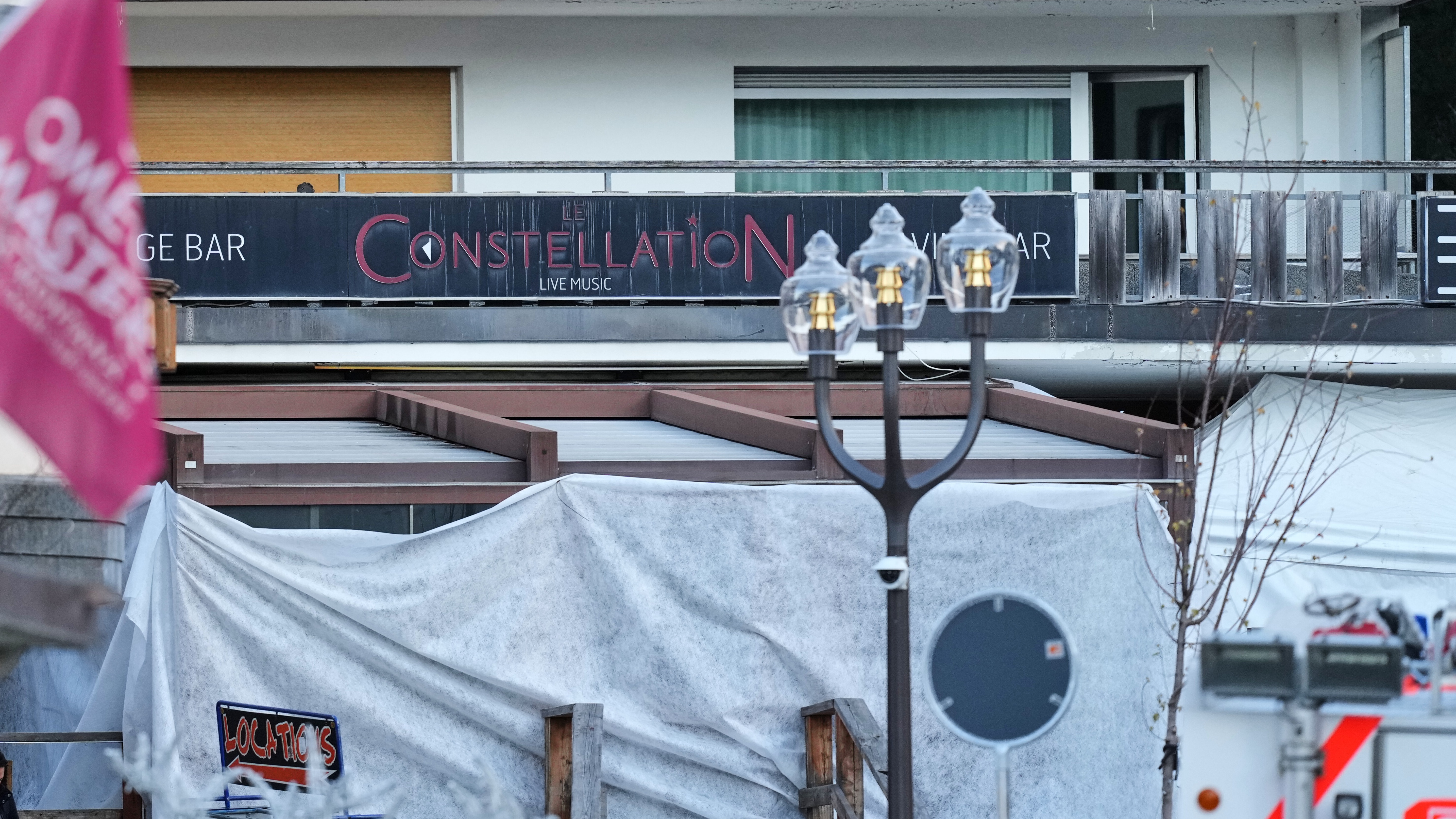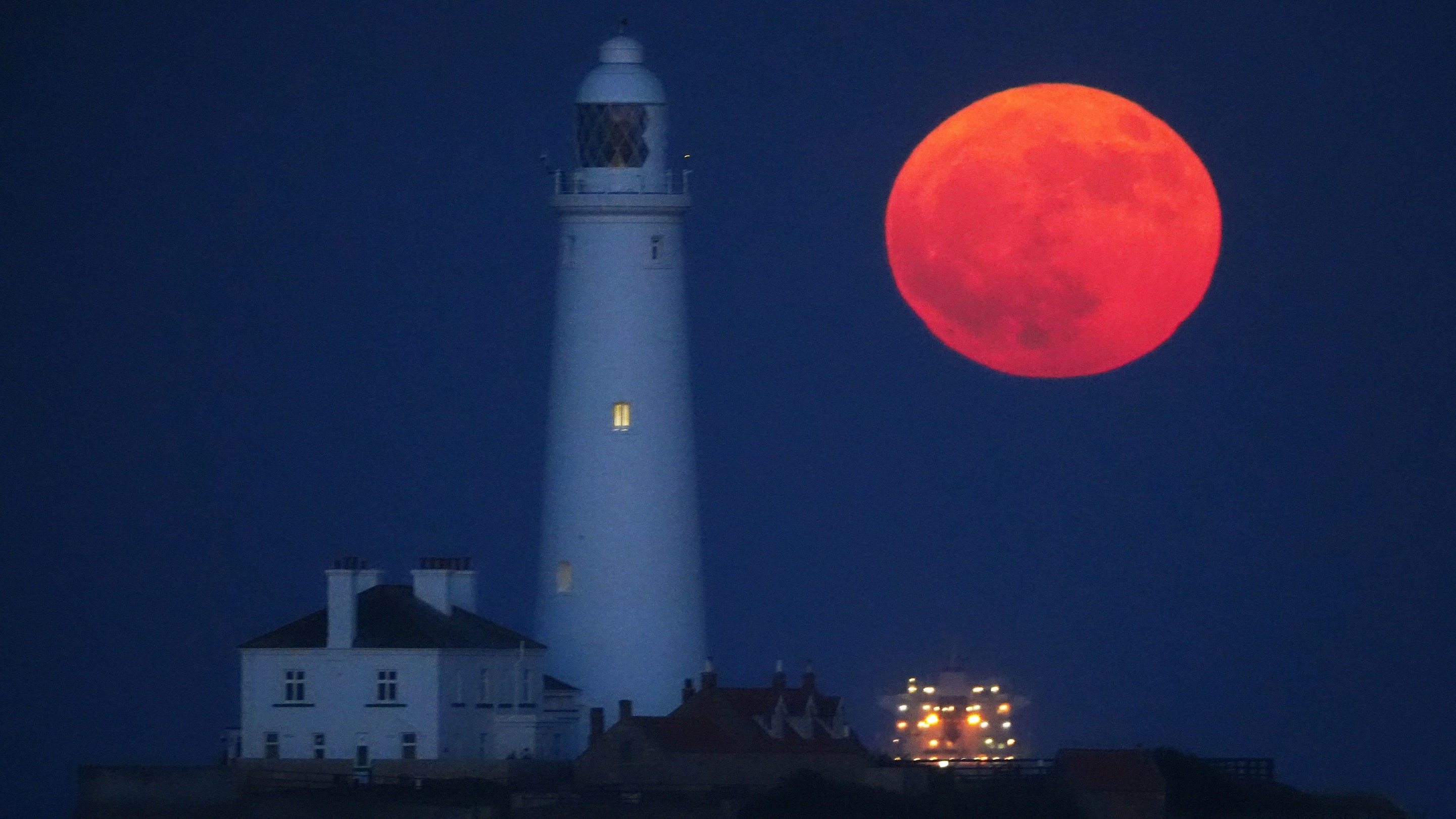Japan issued tsunami alerts and told people to evacuate coastal areas after a series of strong quakes on its western coastline on Monday.
The Japan Meteorological Agency reported quakes off the coast of Ishikawa and nearby prefectures shortly after 4pm, one of them with a preliminary magnitude of 7.6.
It issued a major tsunami warning for Ishikawa and lower-level tsunami warnings or advisories for the rest of the western coast of Japan’s main island of Honshu.
Japanese public broadcaster NHK TV warned that torrents of water could reach as high as 16.5ft (5m) and urged people to flee to high land or the top of a nearby building as quickly as possible.
NHK said the tsunami waves could keep returning, and warnings were continuing to be broadcast more than an hour after the initial alert. Several aftershocks also shook the region.
Government spokesman Yoshimasa Hayashi told reporters that nuclear plants in the area had not reported any irregularities, but he said it was critical for people in coastal areas to get away from the oncoming tsunami.
“Every minute counts. Please evacuate to a safe area immediately,” he said.
A tsunami about 10ft (3m) high was expected to hit Niigata and other prefectures on the western coast of Japan. Smaller tsunami waves were already confirmed to have reached the coastline, according to NHK.
Warnings of waves up to 3ft (1m) high were also issued for parts of North Korea and Russia.
Russian officials issued a tsunami alert for the island of Sakhalin, warning that areas across the island’s west coast could be affected by the waves.
In nearby South Korea, the weather agency urged residents in some eastern coastal towns to watch for possible changes in sea levels. Tsunami waves that hit later later can be bigger than the initial ones.
The Japanese government has set up a special emergency centre to gather information on the quakes and tsunami and relay them speedily to residents to ensure safety, Prime Minister Fumio Kishida told reporters.
He reiterated the warning for immediate evacuation in affected areas.
Japan is an extremely quake-prone nation. In March 2011, a major quake and tsunami caused meltdowns at a nuclear plant.
NHK TV footage showed a room shaken by the quake, with hanging laundry swaying from side to side and a computer on a desk rattling.
NHK reported that some electric poles were toppled and roads were cracked but reports of major damage were not immediately available.
Follow STV News on WhatsApp
Scan the QR code on your mobile device for all the latest news from around the country






